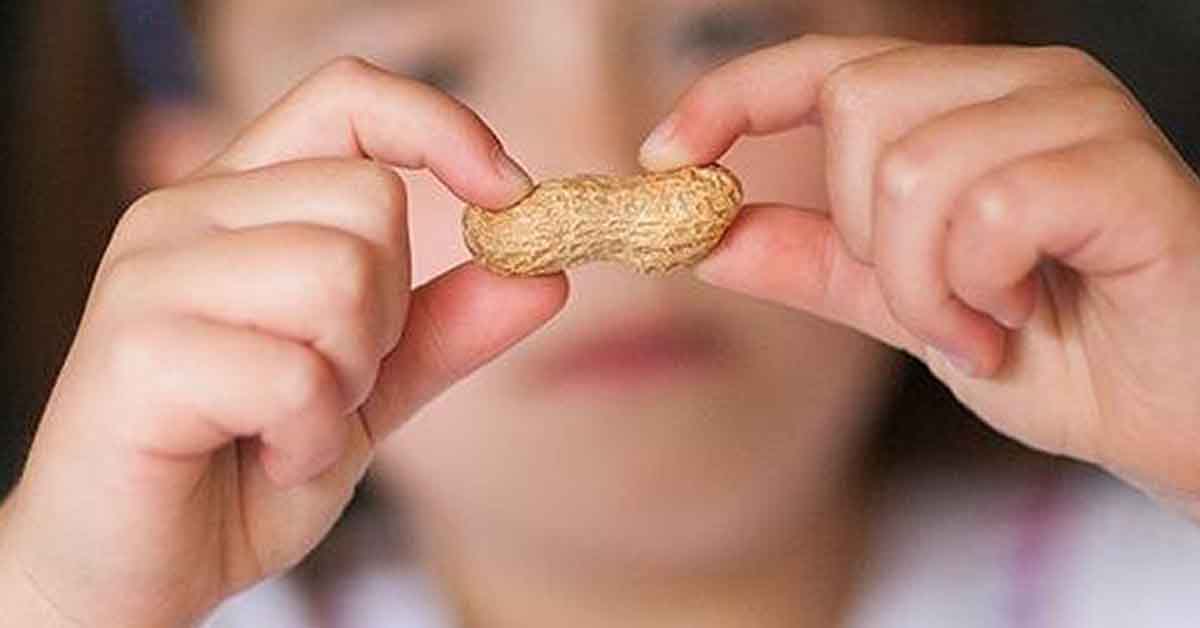The results of a study published last month in the Journal of Allergy and Clinical Immunology provide a warning to individuals who successfully complete peanut oral immunotherapy (OIT): Adhere to your maintenance dose of peanuts!
The aim of OIT is to desensitize the patient to their allergen sufficiently so that they no longer have to worry about severe reactions to inadvertent exposure. That makes everyday pleasures like dining out much less stressful when an individual with a food allergy doesn’t need to worry about their food accidentally coming in contact with their allergen.
With OIT, the patient — under the supervision of an allergist — maintains a regimen of consuming gradually increasing quantities of their allergen until they reach their goal dose. Once they achieve their goal, they must consume a maintenance dose of their allergen to sustain their desensitization.
This study had two goals: to define the maximum dose tolerated by children age 5-13 years on peanut OIT and determine the severity of allergic reactions after a 1-month period of treatment discontinuation. 28 children were enrolled with a diagnosis of eosinophilic esophagitis and peanut allergy
The children participated in a one-year build-up period followed by a 2-year daily maintenance dose of 3,900mg (about 19 peanuts), and were assessed for their maximum dose tolerance using double-blind placebo-controlled food challenges of 26,225 mg dose of peanut protein (about 130 peanuts). The food challenges were performed at baseline, after the 12-month build-up, after 2-years of maintenance, and after the 1-month period of treatment discontinuation.
During the study, 11 patients dropped out due to a lack of interest and two withdrew after failing to tolerate their first dose. This left 15 patients who started treatment in the study, with a mean age of 8.7 years (range, 5.2 – 12.5 years), and 47% female.
Twelve patients reached the maintenance dose of 3900mg over a median of 13 months, and food challenges indicated their mean maximum cumulative tolerated dose after 12 months increased by 12,063mg (60 peanuts), and the mean dose triggering a reaction increased by 15,667mg (78 peanuts).
Eleven of the patients were able to tolerate at least 10,725mg (53 peanuts) after 12 months of treatment, and six patients successfully tolerated at least 15,225mg (76 peanuts). Two patients were able to tolerate the maximum cumulative target dose of 26,225mg (equivalent to an estimated 131 peanuts).
The study claims:
The ability to tolerate 100 peanuts following peanut oral immunotherapy has never before been demonstrated and gives insight into the potential for food oral immunotherapy to be utilized in a subset of patients who have an immunologic phenotype accepting of this therapy.
That was the good news. Now for the not-so-good news.
Six patients participated in the final phase of the study which consisted of 30 days avoiding peanut exposure, meaning their maintenance dose was discontinued during the period. After the month, their mean maximum cumulative tolerated dose plummeted to just 2783mg, and the reaction dose declined to 4614mg.
Said first author Dr Carla M Davis, director of the Texas Children’s Hospital Food Allergy Program at Baylor College of Medicine to Medscape:
This was a disappointing finding because we thought the desensitization would last longer after such a long period of treatment.
Other studies indicate the decline in tolerance would continue over time [and] we believe it would continue to decline.
Adherence to dosing is very important, and clinicians should expect a decline in tolerance with lapse in dosing.
- Maximum Dose Food Challenges Reveal Transient Sustained Unresponsiveness in Peanut Oral Immunotherapy (POIMD study) — JACI
- Peanut Desensitization Plummets 1 Month After Avoiding Exposure — Medscape
- Peanut allergy: an overview — Canadian Medical Association Journal






